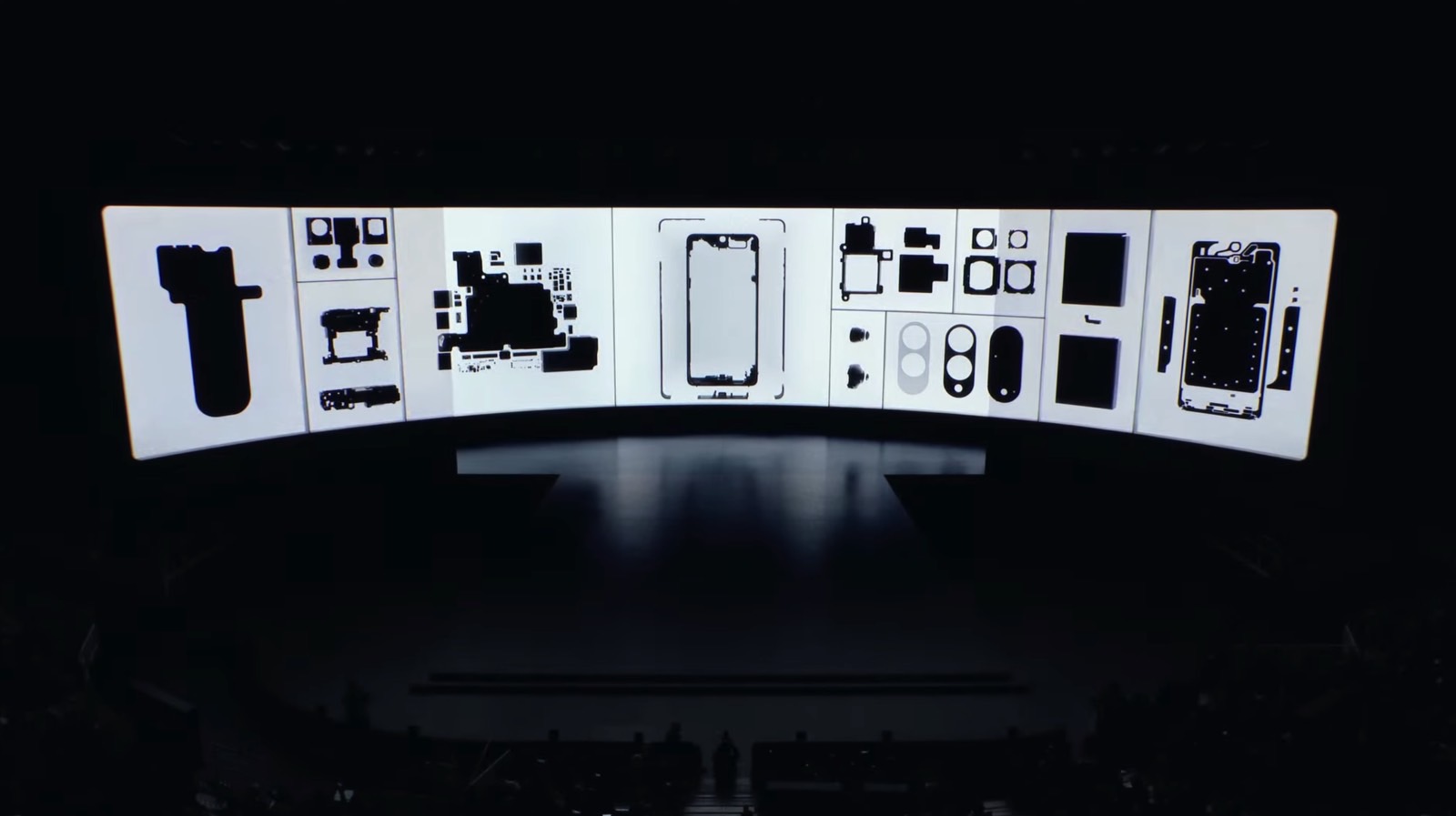Rumors said that Samsung would unveil the Galaxy S25 Slim phone at Unpacked on Wednesday, but the device wouldn’t be available for purchase for several months. Samsung did exactly that, saving the Galaxy S25 Slim teaser for the “one more thing” announcement at the end of the show.
That’s when we learned the phone’s commercial name. We’ll call it Galaxy S25 Edge from now on because that’s what Samsung puzzingly settled on. This Galaxy S25 Edge has nothing to do with the Edge phones that preceded it, not that phone names really matter.
What’s more interesting here is that Samsung actually showed Galaxy S25 Edge prototypes after the press conference. While those attending the event could not touch or use the Edge, they sure took plenty of photos and videos.
As someone excited about the iPhone 17 Air Apple will launch this year, I’m already seeing the compromises ultra-thin non-foldable phones will make. While I’m ready to embrace them, I’m not sure others will.
As you’ll see in The Verge’s video below, the Galaxy S25 Edge generated plenty of interest in the hands-on area at the event, something that didn’t happen with the regular models. The other three Galaxy S25 phones are “boring,” of course, and that’s perfectly fine for 2025 flagships. But that’s why the Galaxy S25 Edge might be so exciting to crowds of tech enthusiasts who already follow every leak and rumor about every new mobile device in town.
The photos and videos show a very thin device, though it’s unclear how thick the Edge actually is. The Galaxy S25 has a 7.2mm profile, so the Edge has to be thinner than that.
The first compromise that comes to mind is battery life. The Edge won’t match the other Galaxy S25 phones. But the good thing about the Galaxy S25 series is that it features the Snapdragon 8 Elite chip, which should bring notable battery life improvements. Therefore, the Edge could pack decent battery life, even if the battery will be much smaller than the other models.
The same will apply to the iPhone 17 Air. Apple’s A19 chip should deliver the efficiencies needed to provide reliable battery life in an ultra-thin form factor.
The second compromise concerns the camera. Samsung is going for a dual-lens setup that makes the Galaxy S25 Edge look like an iPhone 16 from the back. The two cameras sit vertically, similar to the rest of the Galaxy S25 phones. But all those devices pack at least three cameras on the back.
Samsung’s decision to cut a camera from the Edge’s rear module signals that internal space is incredibly constrained. Therefore, Samsung might have had to sacrifice a camera to ensure the phone features a good enough battery.

On that note, Samsung teased the Edge’s internal components at the end of the presentation. From the looks of it, the phone might pack two separate batteries rather than a single module, but I’m only speculating here.
The iPhone 17 Air is already expected to feature a single-lens camera on the back. The considerations must be similar. Apple might want to save space for the battery and other key components.
The third compromise to expect from ultra-thin foldables like the Galaxy S25 Edge and the iPhone 17 Air concerns the design. The thinner these phones get, the thicker that camera bump on the back will be. While Samsung decided to stick with a vertical camera alignment, Apple is reportedly giving the Air a Pixel-like camera bar at the top.
The camera module redesign means the iPhone 17 Air will not wobble as much when placed on flat surfaces with the screen up, compared to the Edge.
There might be other things to consider. For example, the Galaxy S25 Edge photos do not tell us whether the phone has a physical SIM slot on the bottom. The iPhone 17 Air is already said to lack physical SIM support worldwide, not just in the US.
Then there’s the large antenna cutout seen on the left side of the Galaxy S25 Edge. Given how thin the frame is, that’s hopefully not going to cause any durability issues. The iPhone 17 Air will need an antenna cutout of its own.
Finally, we can’t know what to expect from the Galaxy S25 Edge’s speakers and cooling systems until the phone becomes available. These are other potential compromises that the iPhone 17 Air might also have to deal with.
But if we want ultra-thin phones in our pockets, we’ll need to accept whatever compromises smartphone vendors make, at least with the first-gen models. All I know is I want a phone with a large display and a thin profile in my pocket. I’m willing to part ways with some components and features to make that happen this year.








